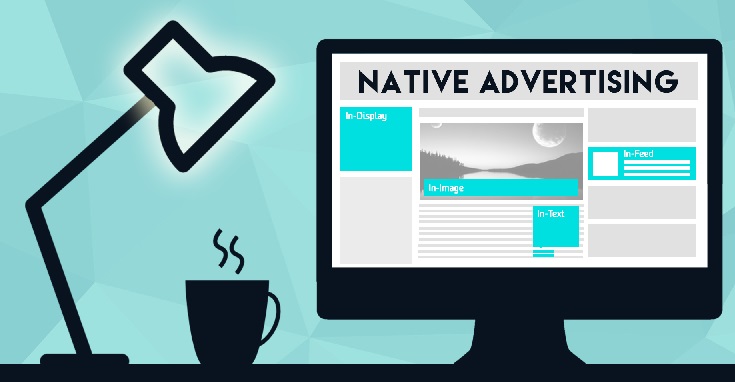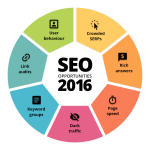For decades, businesses have heard consumers complain loudly about advertisements: They interrupt programs and articles; they trick people into spending money; they don’t provide any lasting value. Though TV commercials might give viewers the occasional chuckle on Super Bowl Sunday, most consumers prefer to go out of their way to avoid annoying ads.
Still, advertising has always been one of a small handful of ways for businesses to reach their potential customers and clients ― and they still are. However, now, when businesses do advertising correctly, it doesn’t look like the disruptive, conniving, meaningless advertisements of yore. Today’s best ads have gone native.
What Native Advertising Is?
Though nearly every marketer has his or her own interpretation of the term, the accepted definition of “native advertising” is:
A form of paid online advertising that follows the form and function of the platform on which it appears.
Essentially, to be native, advertising efforts must match the visual design of the webpage, look and feel like natural content, and behave consistently throughout the site. This is not to say that native advertising is the same as content marketing (more on that later) ― rather, the advertisements must not detract from user experience in any way.
The most obvious examples of native advertising are ads placed on major social media sites. Every social media giant (Facebook, Twitter, Instagram, YouTube, etc.) allows businesses to purchase ad space that appears within a user’s feed, but an ad placed on Facebook will look and behave differently from an ad placed on Pinterest or Instagram. This is because these sites have different user experiences, and advertisers must respect user wants and needs when placing their ads.
Of course, there are more options for native advertising than ads on social media. There are native ads on all major search engines, within feeds on major news sites, and around apps downloaded to mobile devices. Any blog can subscribe to native ad networks, which assemble similar advertisements to provide worthwhile recommendations to users across the Web. More possibilities for native advertising appear every day, providing businesses more opportunities to gain visibility without incurring ire.
What Native Advertising Is Not
As mentioned before, native advertising and content marketing are not synonymous. In fact, content marketers are usually particularly clear about the differences between the two media.
The goal of content marketing is to create and distribute valuable content to a specific audience ― usually followers of a blog or social site ― and perhaps influence customer behavior. Businesses that engage in content marketing usually have a long-term marketing strategy, and they own the rights to the content they produce.
Conversely, native advertising is a directly paid service that rents out content (valuable or otherwise) to a third-party site. Content marketers can and should take advantage of native advertising to increase visibility of their content and company, but the paid nature of the medium immediately and irrevocably differentiates advertising from humble marketing efforts.
6 Native Advertising Questions
Still, many businesses continue to confuse native advertising and content marketing, with the result that they get both media wrong. The Federal Trade Commission recently published a native advertising guide that instructs businesses on when, where, and how to disclose sponsorship of certain content, but these rules do more to protect publishers and users than to help businesses succeed in their advertising efforts.
To gain a noticeable increase in business from native placements, advertisers should ask themselves the following six questions as they purchase and create ads:
- Does the ad fit with the site’s overall page design?
- Does the ad deliver the same type of content experience as other content on the site, or does it function disparately from the site’s other content?
- Does the ad’s behaviors match those of the site’s other content ― for example, linking to similar pages?
- Is the ad appropriately targeted to the site’s audience, or will the ad be placed within a recommendation network?
- How will the ad’s success be measured: views, likes, and shares or sales, downloads, and registry?
- Is it apparent that the ad is paid?
By using these questions as a guide, businesses should be able to develop effective advertisements that follow the form and function of the sites on which they are placed while submitting to appropriate rules regarding advertising disclosure. Then, the ad will be correct for advertisers, publishers, and users alike.









